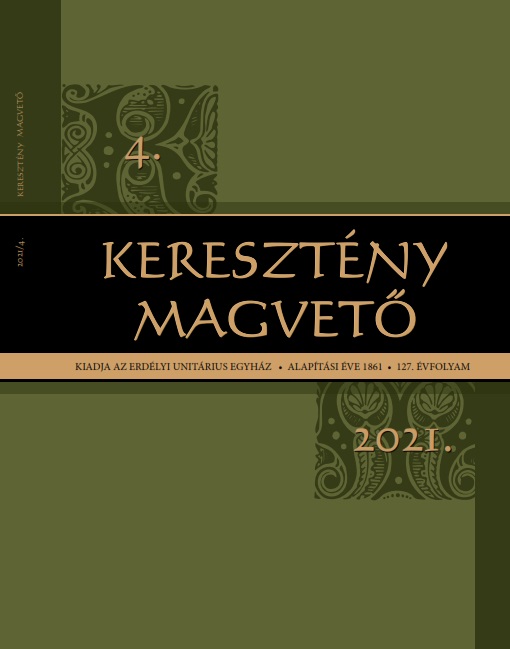A Gyergyai család meggyökeredzik Kolozsvárt. A dinasztiaalapító Gyergyai Pál halálának 270. évfordulójára
The Gyergyai Family settles Kolozsvár. Commemorating Pál Gyergyai, the Founder of a Dynasty
Author(s): György GaalSubject(s): 18th Century, 19th Century
Published by: Erdélyi Unitárius Egyház
Keywords: Bözöd (Bezid); councilor; family history; Kibéd (Chibed); Kissolymos (Șoimoșu Mic); Kolozsvár (Cluj-Napoca) nobility; Transylvanian Diet; Unitarian Church; Unitarian College; Gyergyai Pál (1689–1751);
Summary/Abstract: The Gyergyai family was one of Kolozsvár’s (Cluj-Napoca) most important Unitarian families in the 18th–20th centuries. They originated from Seklers’ Land, from Bözöd (Bezid), Kibéd (Chibed) and Kissolymos (Șoimoșu Mic). Mihály Gyergyai (16??–?) was granted the rank of “lófő” nobility in 1655 from Prince György Rákóczi II for participating in a war. His grandson, Pál Gyergyai (1689–1751), came to study at Kolozsvár’s Unitarian College. There he was elected senior of the school. He twice married wealthy widows and became an important citizen of the town. With his first marriage he obtained the famous Gyergyai House in the Central Square of Kolozsvár which the family owned until 1875. He was elected to many positions including as the town’s senator. He was also Kolozsvár’s deputy to nine sessions of the Transylvanian Diet. Gyergyai represented the interests of the Unitarians in the Town Council and in the Diet. He served as curator of the Kolozsvár Unitarian Congregation and was one of its councilors in very difficult political periods. The Gyergyai name is preserved in a 1734 Latin description of Kolozsvár (Cluj-Napoca, Claudiopolis). He and three other members of the Town Council described all the important buildings and copied their inscriptions, the legislation of the town, and the responsibilities of the town-council. They also compiled a history of town’s churches and schools, as well as its population and possessions. This was twice translated into Hungarian (1865, 1944), and is considered one of the most important sources of the history of Kolozsvár.
Journal: KERESZTÉNY MAGVETŐ
- Issue Year: 127/2021
- Issue No: 4
- Page Range: 331-349
- Page Count: 19
- Language: Hungarian

